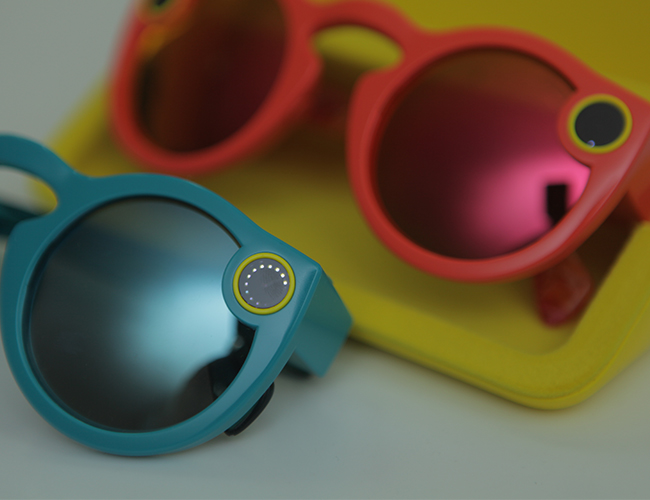Fashion Week is known for its exclusivity, typically limited to people in the industry or those closely affiliated. Thanks to digital media, this is changing.
Fashion is more accessible than ever before because of digital media. Nikki Gilliland, blogger at Econsultancy, explains how brands are bringing fashion week directly to consumers.
“Shoppable” Shows
In an effort to make Fashion Week more consumer-focused, brands are selling clothes and accessories immediately after runway shows. It previously it took up to six months before new designs made its way into stores. By then, independent retailers would create cheap knockoffs that drove interest away from the original designs. This year, many top brands made their newest collections available online right after their debut on the runway.
Social Media Buzz
The rise of digital media has turned fashion week into a marketing goldmine. People across the world can tune in to live streams and news feeds to find out what’s happening on the runway in real time. At his show, Tommy Hilfiger threw a popup carnival decked out with ferris wheels, hotdogs, and celebrity guests. Fans could follow the event with the #TommyNow hashtag.
Multi-Channel Experience
Brands are using the power of technology to make fashion week a seamless experience from runway to retail stores. Rebecca Minkoff used VR technology to provide a 360-degree view of its runway show. Minkoff has also introduced interactive dressing rooms with touch screens in several of their stores.







